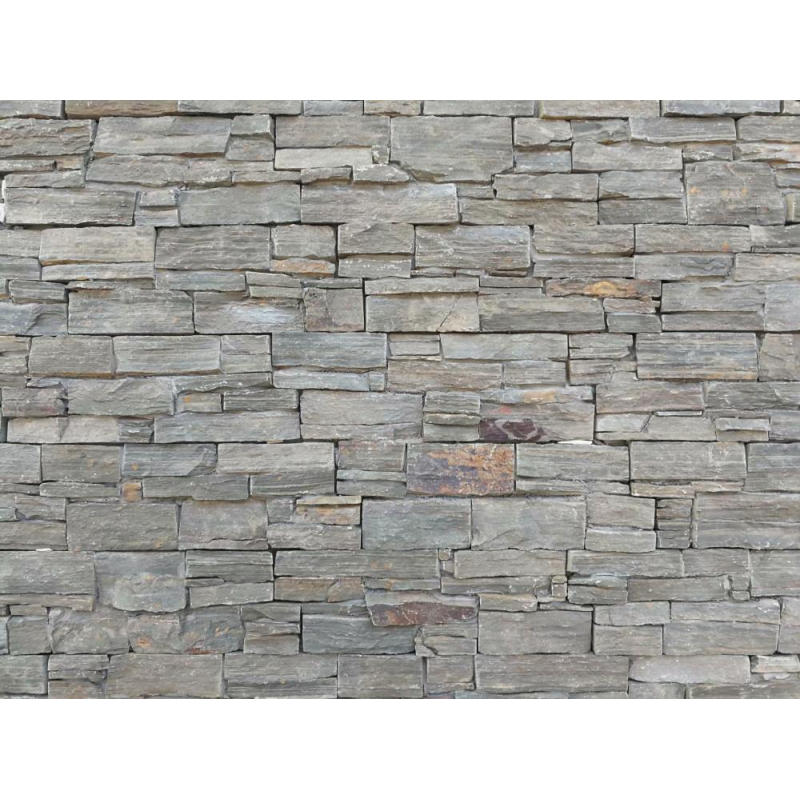
Lejoe la tlhaho ke e 'ngoe ea lisebelisoa tse sebelisoang haholo malapeng le lirapeng. Empa na u kile ua ema ho ipotsa hore na lithaele tsa hau tsa majoe, litene, kapa fatše li tsoa hokae?

Natural stone was created thousands of years ago when the Earth was just a ball of mineral gases. As these gases began to cool down, they compressed and solidified to form the world we know today. It was during this process that natural stone was formed – the type of stone created depends on what type of minerals were combined at that time. This was a slow process that occurred over millions of years. As the Earth began to settle, many of these seams of stone were gradually pushed to the surface by heat and pressure, creating the large formations we see today.
Stone can come from anywhere in the world, and the type of stone is determined by its origins. There are quarries in America, Mexico, Canada, Italy, Turkey, Australia, and Brazil, as well as many other countries around the globe. Some countries have multiple natural stone quarries, whilst others only have a few. Let’s look in closer detail at where particular stones originate and how they were formed.
Mabole is the result of limestone that has been altered through heat and pressure. It’s a versatile stone that can be used on virtually anything – statues, stairs, walls, bathrooms, counter tops, and more. Usually seen in white, marble is also common in black and grey tints, and has great weather endurance.
Quartzite e tsoa ho sandstone e fetotsoeng ka mocheso le khatello. Lejoe haholo-holo le hlaha ka bosoeu, empa le ka fumanoa le le sootho, bohlooho, kapa botala bo botala ho lona. Ke e 'ngoe ea mefuta e thata ka ho fetisisa ea majoe a tlhaho, e etsang hore e be khetho e babatsehang bakeng sa ho aha li-facade, li-countertops le mehaho e meng e hlokang majoe a boima.
Granite qalong e ne e le lejoe le tukang le neng le pepeselitsoe magma (lava) mme le fetotsoe ka ho pepesehela liminerale tse fapaneng. Lejoe le atisa ho fumanoa linaheng tse kileng tsa bona liketsahalo tse phahameng tsa seretse se chesang ka nako e itseng, 'me le fumaneha ka mebala e mengata e fapaneng ho tloha ho e ntšo, e sootho, e khubelu, e tšoeu, le hoo e batlang e le mebala eohle e lipakeng. Granite ke khetho e ntle bakeng sa kichine le likamore tsa ho hlapela ka lebaka la litšobotsi tsa eona tsa antibacterial.
Lejoe la mokoetla ke phello ea khatello ea likorale, likhetla tsa leoatle, le lintho tse ling tse phelang leoatleng hammoho. Ho na le mefuta e 'meli ea lejoe la mokoetla, mofuta o thata haholoanyane o tletseng calcium, le mofuta o bonolo o nang le magnesium e ngata. Hangata lejoe la mokoetla le thata le sebelisoa indastering ea kaho, kapa le siloa ebe le sebelisoa seretseng ka lebaka la boleng ba ona bo sa keneleng metsi.
Bluestone is sometimes referred to as basalt, and is one of the most common natural stones around the world. Bluestone forms through the alteration of lava, and because of this, is one of the closest stones to the Earth’s surface. Basalt is generally darker in colour, and is used as house roofing and floor tiles because of its hard texture.
Letlapa e ile ea bōptjoa ha li-shale le li-mudstone sediments li fetoloa ka mocheso le khatello. E fumaneha ka mebala ho tloha botšo, bopherese, boputsoa, botala le bohlooho, letlapa le fetohile khetho e ratoang bakeng sa marulelo kaha le ka khaoloa hanyenyane 'me le mamella mocheso o batang ka tšenyo e fokolang. Letlapa le boetse le sebelisoa hangata joalo ka thaele ea fatše ka lebaka la sebopeho sa eona se tšoarellang.
Travertine is created when floodwaters wash through limestone, leaving mineral deposits throughout. As it dries out, the extra minerals solidify to gradually create a much denser material called travertine. This stone is good as a replacement for marble or granite, as it’s much lighter and easier to work with, yet still durable. For this reason travertine is often used on floors or walls, and is estimated to last around fifty years if maintained regularly.